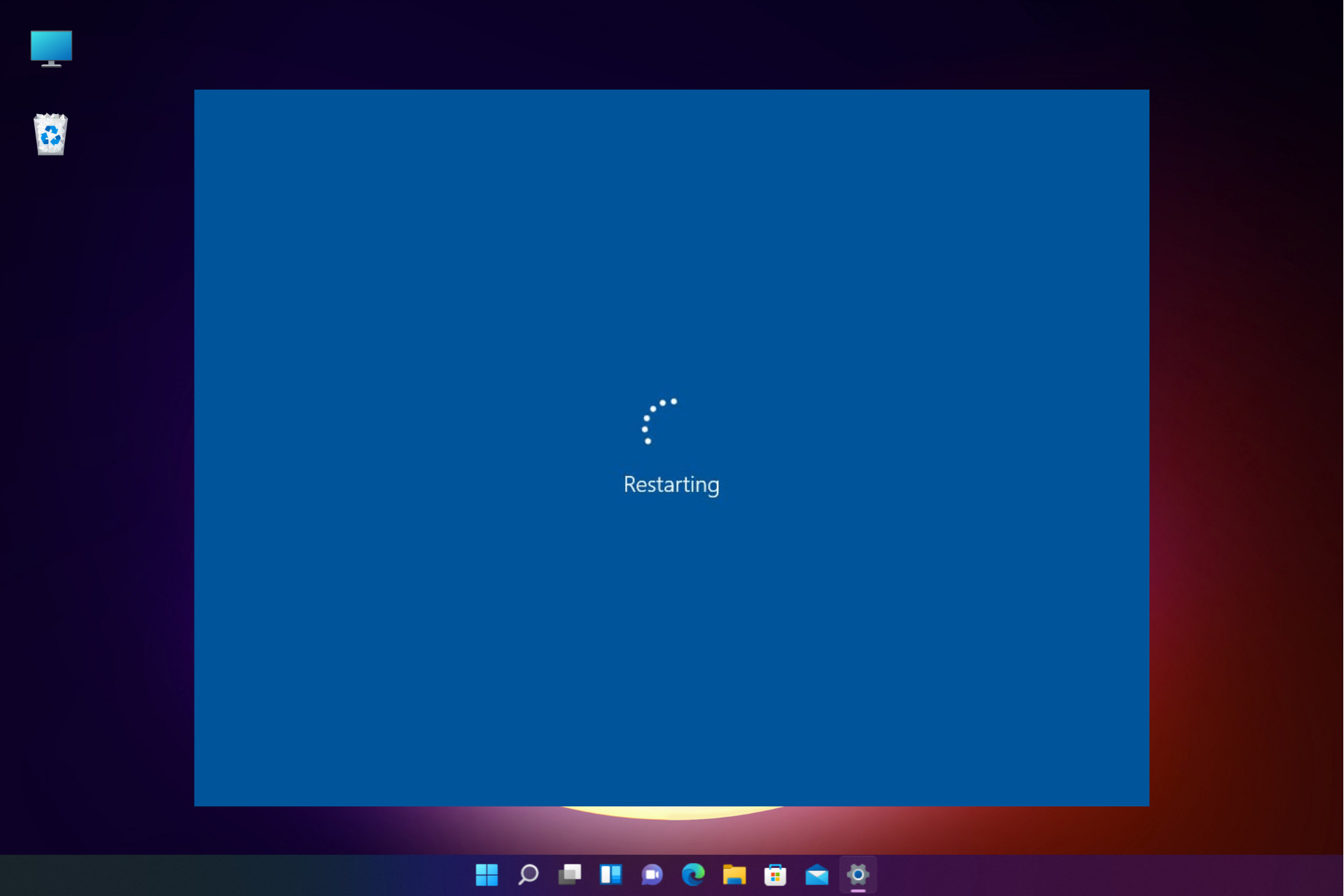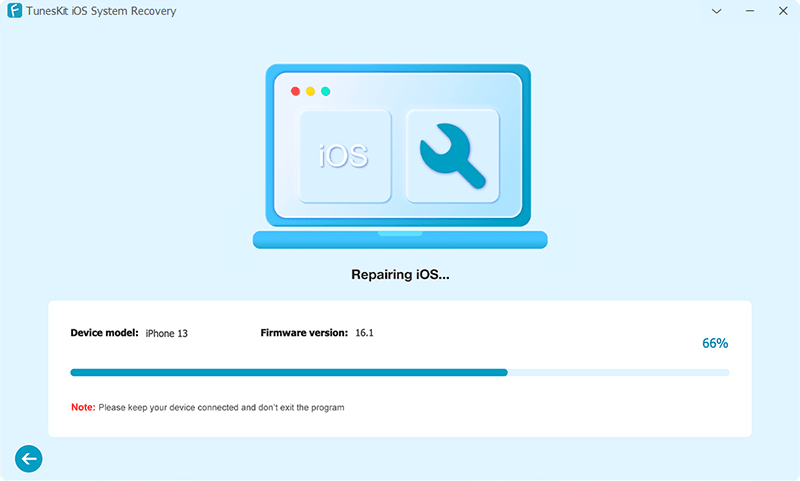

For instance, you might see options to boot hard disks in BIOS/CSM/legacy mode. Keep in mind, though, that some of the options on the built-in boot manager's menu may not work, or may work in unexpected ways. If rEFInd is working but has been overridden as the default, you can select it or if your preferred OS has its own option, you may be able to launch it directly. You typically select the option you want to boot by using the arrow keys, then hit the Enter key to boot it. (In fact, prompts are often outdated and misleading as in the below example, they may refer to "boot devices," when in fact most of the options are EFI boot loader programs, not hardware devices.) As an example, an ASUS P8 H77-I's boot manager looks like this: On UEFI-based PCs, the user interface is typically similar to the one used in years past on BIOS-based computers to select the boot device it's simply been upgraded to include the descriptions held in NVRAM for specific boot loaders. Once you've found the built-in boot manager, you'll see its display, which is typically a text-mode listing of boot options. If a Linux distribution uses the popular systemd initialization system, you can type systemctl reboot -firmware as root (or using sudo) to do the same from Linux.
EASY TO BOOT REPEAT HOW TO
Microsoft provides a way to do this in Windows 8 and later see this How-To Geek article for documentation on how to use this feature. Getting into the firmware can be a challenge on such computers, though.

Disabling a "fast start" feature in the firmware may work around this problem. Sometimes the keyboard is disabled in the early stages of the boot process by default-part of a strategy to speed up system boots. Some computers provide a prompt for what key to use to access the boot menu, but this isn't always true. Typically, the Esc key, Enter key, or a function key (usually F8 or above) does the job on UEFI-based PCs.
EASY TO BOOT REPEAT PC
On Macs, holding the Option key (or Alt with a PC keyboard) while powering on the computer brings up the Mac's boot manager. These tools are primitive, and in some cases they can be difficult to reach, but they can be useful if you need to bypass a new system default in order to boot an OS that has the tools you need to control the boot process. Most EFIs provide their own built-in boot managers. Evading the Guards: Performing a One-Time Boot to Your Desired OS It may also be easier to re-run refind-install than to learn about esoteric commands such as efibootmgr, bless, or bcdedit.
EASY TO BOOT REPEAT FULL
Note also that, in extreme cases, a full rEFInd re-installation may be required. In most cases, the recovery technique is fairly quick and painless, once you understand how to do it. Chances are you should not read this page straight through instead, peruse the Contents to the left and pick an OS and, perhaps, a recovery tool or technique you wish to pursue and read the relevant section. I begin and end with information on firmware-based tools, though. This page is organized by OS, describing the tools and techniques you can use in each OS to recover from a boot coup-or in some cases, to prevent one from occurring. This page describes tools and techniques you can use to keep rEFInd set as your default boot manager, or at least to recover it as the default boot option if something else takes over. If you're new to the EFI world, though, most of the techniques you may know for helping with BIOS-mode booting don't apply to EFI-mode booting. Experienced multi-booters know the tools and techniques to avoid or recover from boot coups. On this page, I refer to such unwanted changes as boot coups. Users of multi-boot computers have long faced similar challenges, because most OSes provide mechanisms to keep themselves booting, even at the cost of disrupting other OSes-or overriding your own choices. Once you've installed rEFInd, you may face a new challenge: Keeping it set as your default boot manager.


 0 kommentar(er)
0 kommentar(er)
